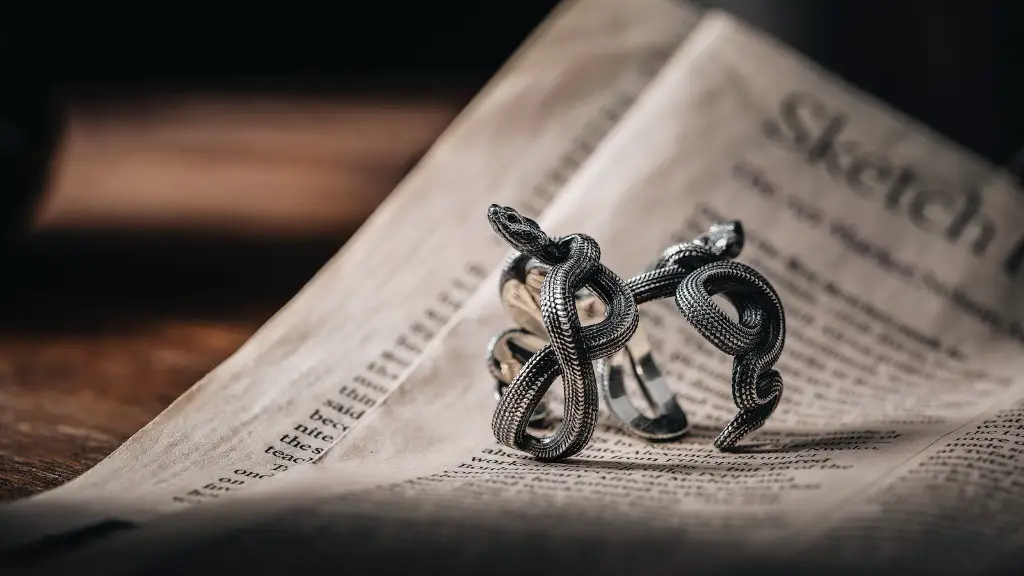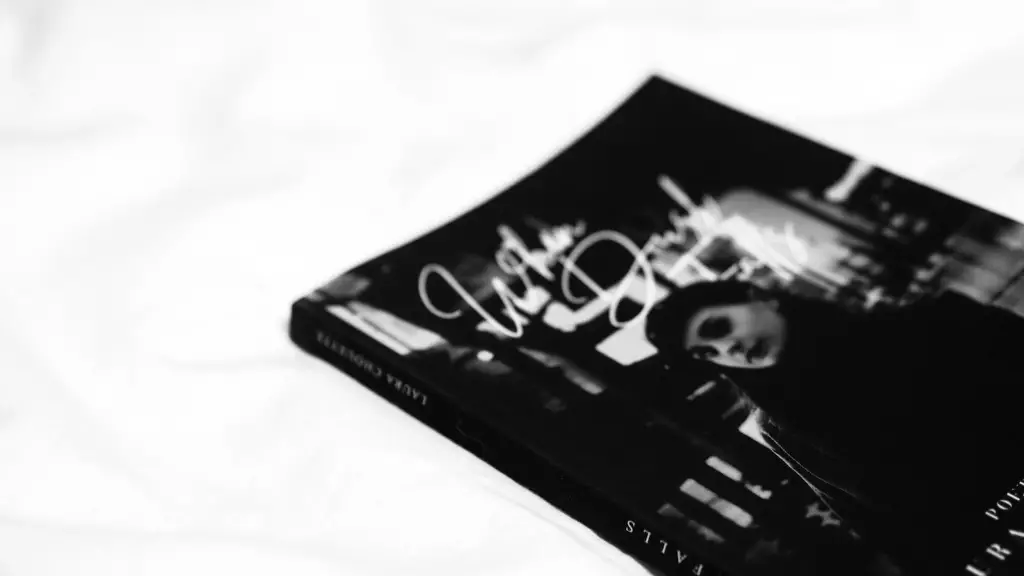Introduction
Citing poetry in essays can be tricky because of the multiple formats used by different publishers or authors. It’s important to correctly cite poetry in a paper to avoid plagiarism, but the conventions can be confusing. Knowing how to correctly cite a poem, whether it’s in an essay or you’re citing a poem in a book, is an important skill for students, writers and scholars. In this article, we’ll provide a guide to citing poems, including guidelines for MLA, APA, and Chicago Style.
Understanding the Difference Between Quoting and Paraphrasing Poems
Before discussing how to cite poems, it’s important to understand the differences between quoting and paraphrasing. Quoting poems for an essay involves the use of exact words and phrases from the poem. When quoting a poem in an essay, you should copy the lines exactly as they appear in source, using proper punctuation and formatting. Paraphrasing poetry, on the other hand, involves writing the ideas contained in a poem in your own words.
MLA Citation Style
The MLA citation format is one of the most commonly used citation styles for citing poetry. For quoting poems in an MLA format paper, you should use the same format as for other citations, including the author’s last name, page number, and a short descriptive title. For example, if you’re quoting a poem by John Smith on page 12, the citation would look like this: Smith 12. You will also need to include a full reference list at the end of your paper.
APA Citation Style
In an APA format paper, when citing poem you should use the author’s last name, year of publication, and page number. For example, if you’re citing a poem by John Smith published in 2020, on page 12, the citation would look like this: (Smith, 2020, p. 12). This should be followed by a reference list at the end of the paper.
Chicago Citation Style
The Chicago style involves the use of author-date citations. When citing poems in a Chicago style paper, you should include the author’s last name, publication year, and page number. For example, if you’re citing a poem by John Smith published in 2020 on page 12, the citation would look like this: Smith (2020, 12). The author-date citations should be followed by an alphabetized list of full references at the end of the paper.
In-Text Citations
In-text citations are used when citing a poem directly, or when referring to specific lines or phrases within a poem. In-text citations follow the same format as other citations, including the author’s last name, date of publication, and page number. For example, if you’re citing a poem by John Smith published in 2020, on page 12, the citation would look like this: (Smith, 2020, p. 12).
Tips for Citing Poems
When citing poems, it’s important to remember to include all relevant information in the citation. This includes the author’s name, publication date, and page number. It’s also important to pay attention to formatting and punctuation. Quotes should be formatted and punctuated in accordance with the style guide you’re using (MLA, APA, or Chicago).
Avoiding Plagiarism
When citing poems, it’s important to remember to include all relevant information in the citation. This includes the author’s name, publication date, and page number. By citing poems properly, you are showing respect for the work of the poet and avoiding any claims of plagiarism.
Conclusion
Citing poems in an essay can be a challenge, but with the right guidance, you can easily cite a poem using the correct citation style. Remember to always include all relevant information in the citation, including author’s name, publication date, and page number. By using the correct citation format, you can avoid any claims of plagiarism and show respect for the work of the poet.


